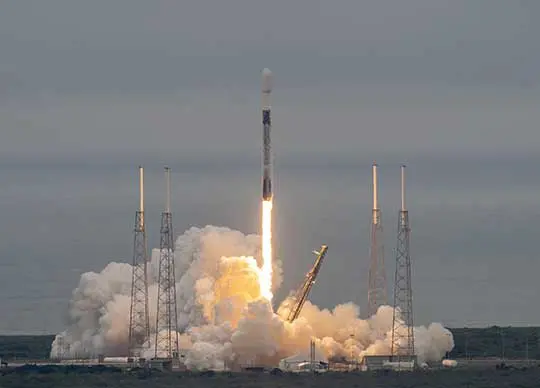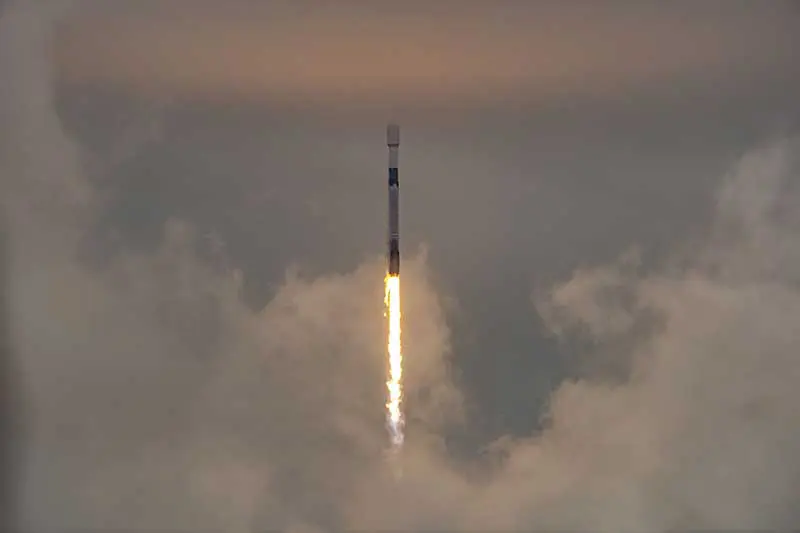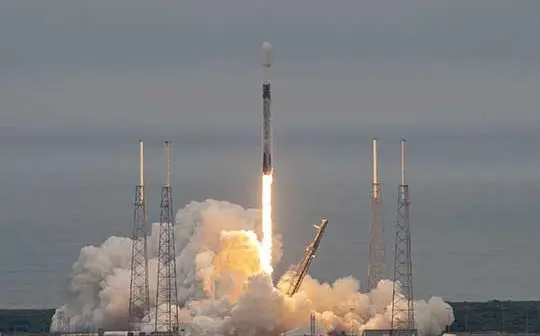
Kleos Space says it confirms the first two Patrol Mission satellites (KSF2-C and KSF2-D) have been successfully deployed from D-Orbit’s orbital transfer vehicle, ION Satellite Carrier, and contact has been established.
The remaining two Patrol satellites (KSF2-A and KSF3-B) are expected to be deployed into a different orbit from the transfer vehicle in the coming weeks to establish the four satellites’ formation.
D-Orbit’s orbital transfer vehicle is a self-propelled satellite deployer. Carrying Kleos’ four Patrol Mission satellites, it was successfully launched into a 500km Sun Synchronous orbit from Cape Canaveral in Florida aboard the SpaceX Transporter-4 mission on 1 April.
Kleos’ technical team has established bi-directional communication with the KSF2-C and KSF2-D satellites, and in-orbit system commissioning has commenced. As all four satellites are deployed from the orbital transfer vehicle, satellite developer Innovative Solutions In Space (ISIPACE) will assist with Launch and Early Operation Phase (LEOP) support, including uploading and testing payload software, recalibrating the Attitude Determination and Control System (ADCS), and manoeuvring the satellites into their operational formation. Improvements to the Patrol Mission’s flight software is expected to significantly reduce commissioning times.

The Patrol Mission expands Kleos’ low earth orbit constellation to 12 satellites and increases radio frequency data collection capability to 253 million km² per day. The cluster features new frequency spectrum capabilities, enabling geolocation of X-Band radar transmissions in the 8500 -9600 MHz range, commonly used for maritime vessel traffic control.
Kleos Space CTO, Vincent Furia said, “D-Orbit’s orbital transfer vehicle enables us to precisely deploy our nanosatellite cluster into orbit. By deploying pairs of satellites into two slightly different orbital planes, it enables us to establish our four satellites’ formation more quickly, while also saving propellent. Our third satellite cluster almost doubles our constellation’s data collection capability and improves revisit rates over key areas of interest. The Patrol Mission satellites add the ability to geolocate X-Band radar frequencies to further enhance our existing maritime situational awareness capabilities. Our constellation geolocates radio frequency transmissions to improve the detection of illegal activity, providing unprecedented intelligence, surveillance and reconnaissance capabilities when tracking systems such as AIS have been switched off.”





